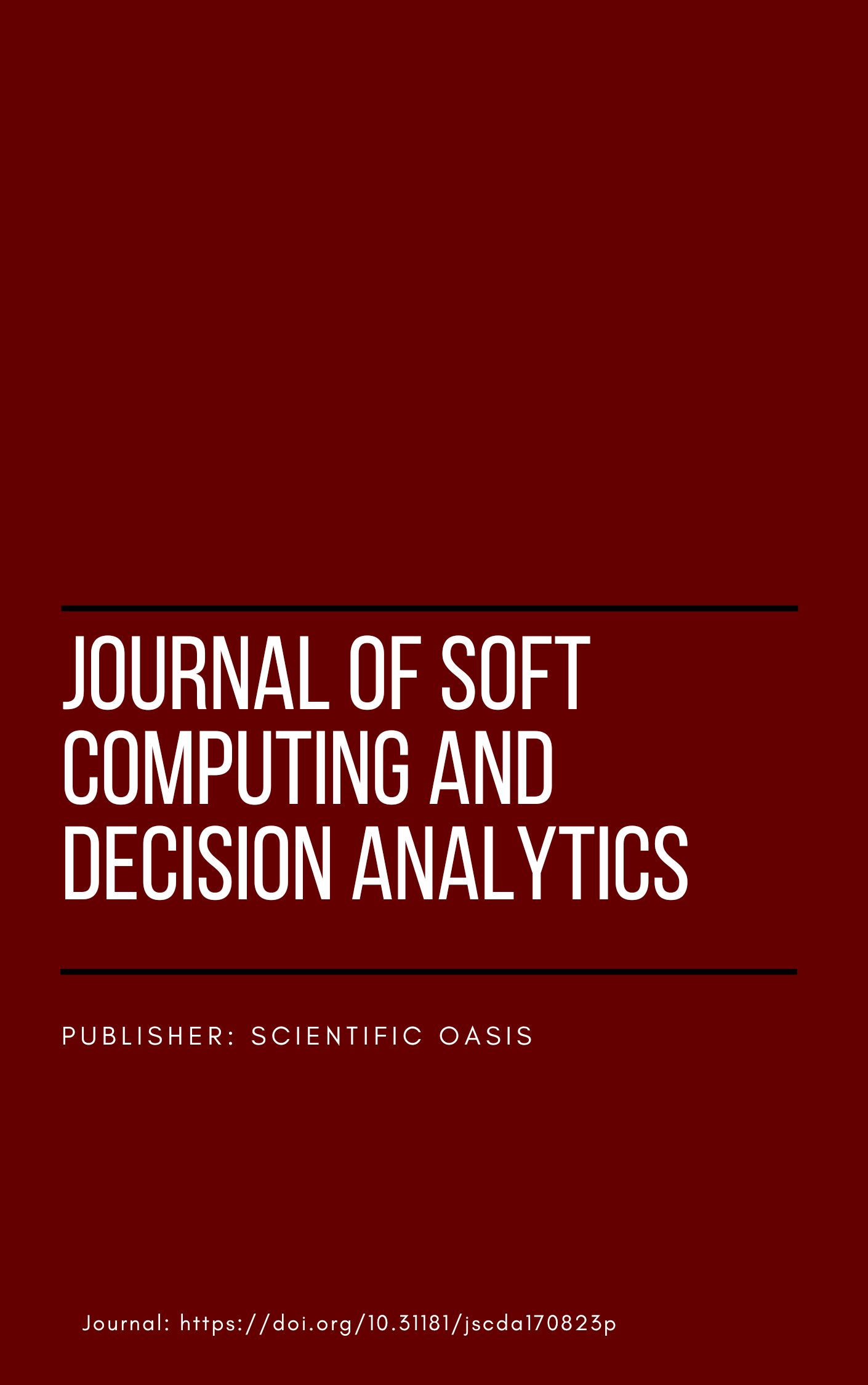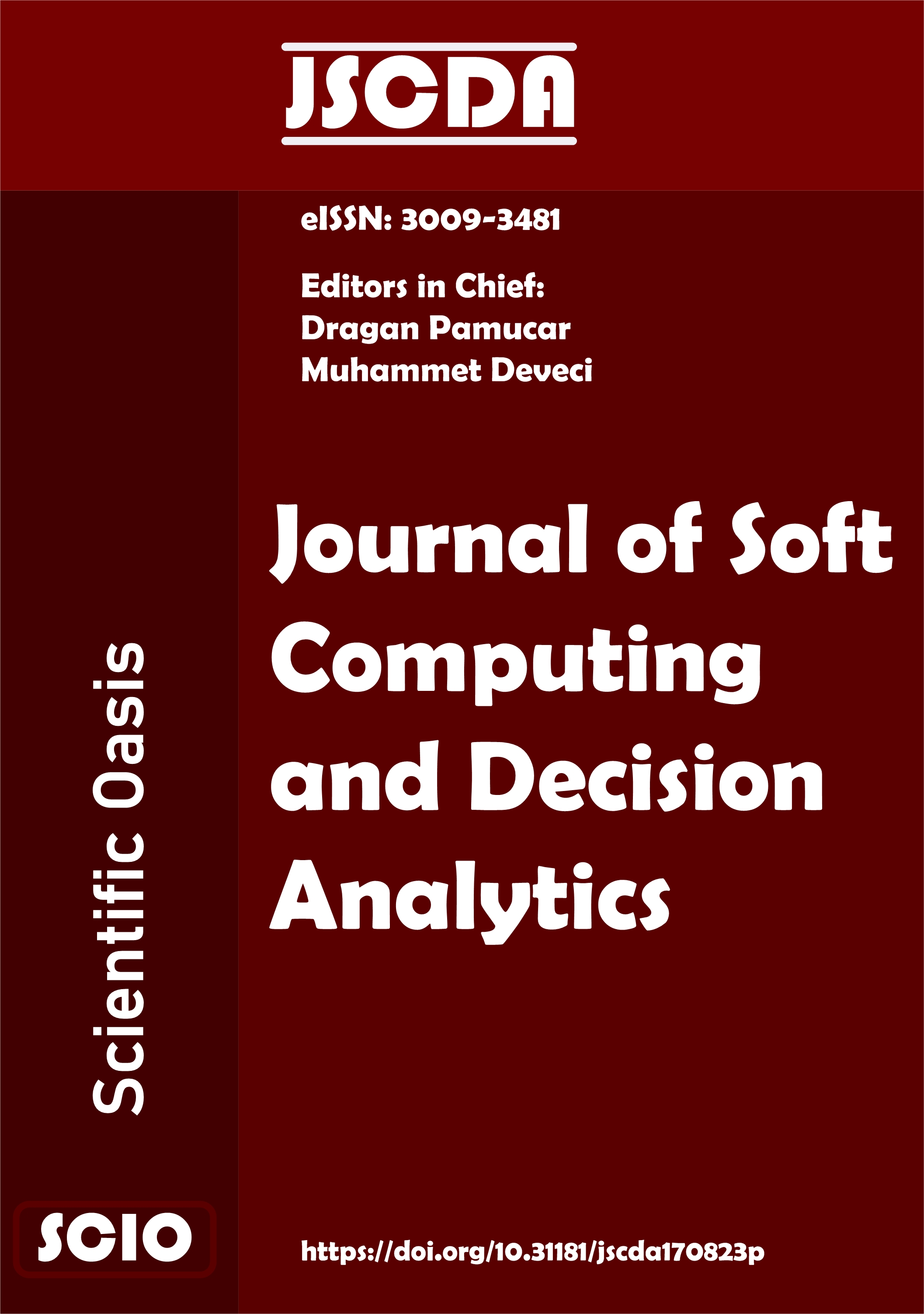Beijing as a Case Study of Educational Inequalities and Class-Induced Middle-Classization of School Districts
DOI:
https://doi.org/10.31181/jscda21202416Keywords:
Class inequality, Bibliometric Analysis, Regional education inequality in Beijing, Beijing school district housing, Decision analyticsAbstract
The negative impacts of class inequality on educational equity in terms of gender, regional development, economic capital, and cultural resources have gradually become a major social problem in China, but so far, relatively little academic attention has been paid to regional educational inequality. Therefore, this paper takes Beijing as a case city and adopts a questionnaire survey form that can reflect the real education gap in the class inequality situation to carry out a study on the generation mechanism and risk hazards of regional education inequality in Beijing. Comprehensive data from government reports, real estate markets, questionnaires, and other sources show that economic development, cultural background, and geographical location are the main causes of regional educational inequality in Beijing.
Downloads
References
Breen, R., Luijkx, R., Müller, W., & Pollak, R. (2010). Long-term trends in educational inequality in Europe: Class inequalities and gender differences. European sociological review, 26(1), 31-48. https://doi.org/10.1093/esr/jcp001.
Chen, Y., & Feng, S. (2013). Access to public schools and the education of migrant children in China. China Economic Review, 26, 75-88. https://doi.org/10.1016/j.chieco.2013.04.007.
Chung, C., & Mason, M. (2012). Why do primary school students drop out in poor, rural China? A portrait sketched in a remote mountain village. International Journal of Educational Development, 32(4), 537-545. https://doi.org/10.1016/j.ijedudev.2012.02.012.
Development, Editorial Board of Yearbook of China's Poverty Alleviation and. Yearbook of China's Poverty Alleviation and Development 2021 Intellectual Property Publishing House Co.,Ltd., 2022.
Fack, G., & Grenet, J. (2010). When do better schools raise housing prices? Evidence from Paris public and private schools. Journal of public Economics, 94(1-2), 59-77. https://doi.org/10.1016/j.jpubeco.2009.10.009.
Guo, L., Huang, J., & Zhang, Y. (2019). Education development in China: Education return, quality, and equity. Sustainability, 11(13), 3750. https://doi.org/10.3390/su11133750.
Hannum, E., & Meiyan, W. (2006). Geography and educational inequality in China. China economic review, 17(3), 253-265. https://doi.org/10.1016/j.chieco.2006.04.003.
Jundong, (Z). (2022). Problems and Strategies of Integrating Red Cultural Resources into Elementary Education in Huize of Yunnan. In 2nd International Conference on Education, Language and Art (ICELA 2022) (pp. 633-639). Atlantis Press.
L Lu, Y., & Zhou, H. (2013). Academic achievement and loneliness of migrant children in China: School segregation and segmented assimilation. Comparative education review, 57(1), 85-116. https://doi.org/10.1086/667790.
Lai, F., Liu, C., Luo, R., Zhang, L., Ma, X., Bai, Y., ... & Rozelle, S. (2014). The education of China's migrant children: The missing link in China's education system. International Journal of Educational Development, 37, 68-77. https://doi.org/10.1016/j.ijedudev.2013.11.006.
Posey‐Maddox, L., Kimelberg, S. M., & Cucchiara, M. (2014). Middle‐class parents and urban public schools: Current research and future directions. Sociology Compass, 8(4), 446-456. https://doi.org/10.1111/soc4.12148.
Qiu, L., Guo, D., Zhao, X., & Zhang, W. (2020). The value of school in urban China: a spatial quantile regression with housing transactions in Beijing. Applied Economics, 52(20), 2135-2146. https://doi.org/10.1080/00036846.2019.1683146.
Wang, J., & Jang, W. (2016). Educational inequality among Chinese urban schools: the business ethics of private schools. Asia Pacific Business Review, 22(3), 502-515. https://doi.org/10.1080/13602381.2015.1129776.
Wu, F., Zhang, D., & Zhang, J. (2008). Unequal education, poverty and low growth—A theoretical framework for rural education of China. Economics of Education Review, 27(3), 308-318. https://doi.org/10.1016/j.econedurev.2006.09.008.
Wu, X., & Zhang, Z. (2010). Changes in educational inequality in China, 1990–2005: Evidence from the population census data. In Globalization, changing demographics, and educational challenges in East Asia (Vol. 17, pp. 123-152). Emerald Group Publishing Limited. https://doi.org/10.1108/S1479-3539(2010)0000017007
Xiao, J., & Liu, Z. (2014). Inequalities in the financing of compulsory education in China: A comparative study of Gansu and Jiangsu Provinces with spatial analysis. International Journal of Educational Development, 39, 250-263. https://doi.org/10.1016/j.ijedudev.2014.05.004.
Yang, J., Huang, X., & Liu, X. (2014). An analysis of education inequality in China. International Journal of Educational Development, 37, 2-10.. https://doi.org/10.1016/j.ijedudev.2014.03.002.
Yi, H., Zhang, L., Luo, R., Shi, Y., Mo, D., Chen, X., ... & Rozelle, S. (2012). Dropping out: why are students leaving junior high in China's poor rural areas?. International Journal of Educational Development, 32(4), 555-563. https://doi.org/10.1016/j.ijedudev.2011.09.002.
Zhang, H. (2014). The poverty trap of education: Education–poverty connections in Western China. International Journal of Educational Development, 38, 47-58. https://doi.org/10.1016/j.ijedudev.2014.05.003.
Zheng, S., Hu, W., & Wang, R. (2016). How much is a good school worth in Beijing? Identifying price premium with paired resale and rental data. The Journal of Real Estate Finance and Economics, 53, 184-199. https://doi.org/10.1007/s11146-015-9513-4
Downloads
Published
Issue
Section
License
Copyright (c) 2023 Scientific Oasis

This work is licensed under a Creative Commons Attribution-NonCommercial-NoDerivatives 4.0 International License.
















